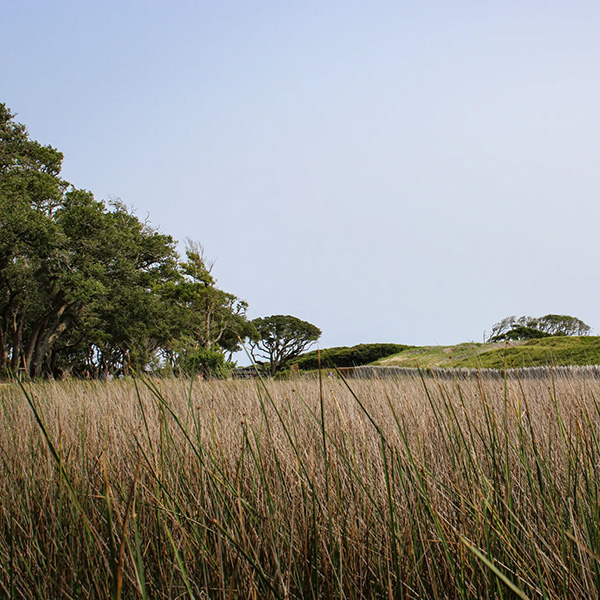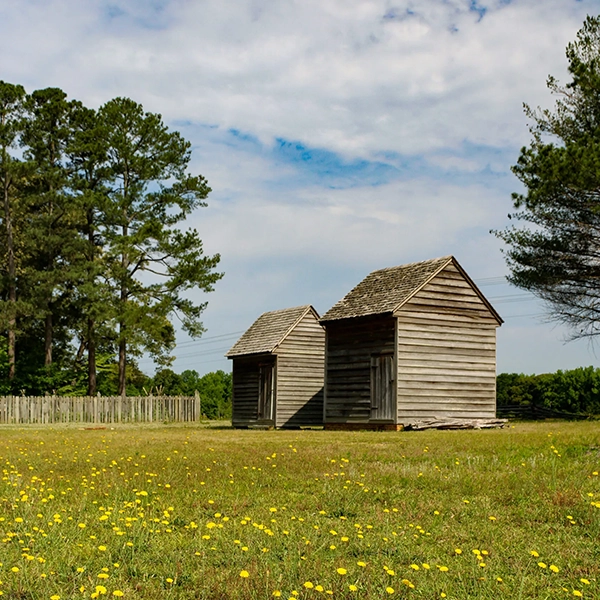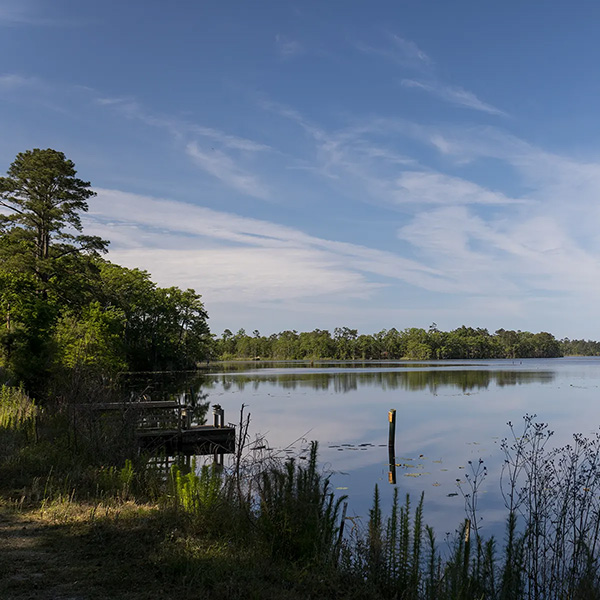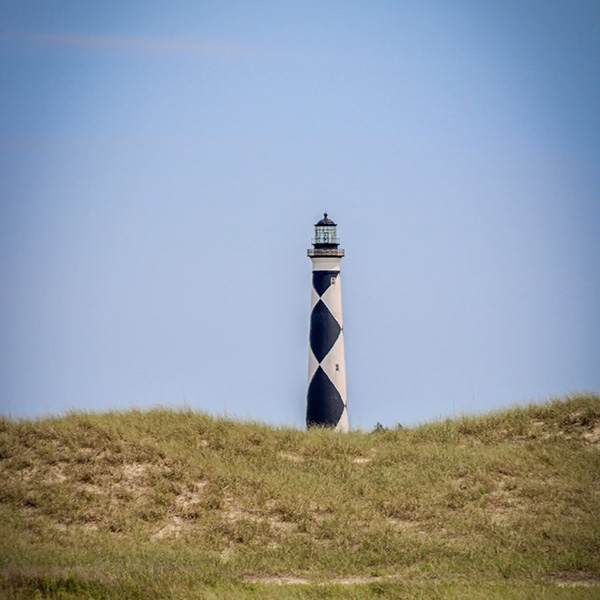
Over the last few years, you’ve probably noticed that I’m obsessed with Brunswick Town. I visit a couple of times a year. The site is home to the colonial ruins of Brunswick Town and Russellboro – and the Civil War battleground, Fort Anderson.
The History of Fort Anderson
For decades, Brunswick Town decayed in peace across the river from Wilmington following its destruction in 1776. Unfortunately, that period of calm was not destined to last, and almost a century later, the site again found itself amidst conflict.
The Civil War broke out in 1861, and the Confederate States of America quickly realized the importance of protecting Wilmington. Blockade runners brought goods up the Cape Fear River into the port. From there, they were loaded onto trains and transported to Richmond for the army, making Wilmington essential to the Confederate war effort.
In the early years of the war, Brig. Gen. Samuel Gibbs French looked to the bluffs overlooking the Cape Fear River at Brunswick Town as the perfect site for a large fort to aid in the protection of Wilmington. Though the Cape Fear was a mile wide at the site, the bluffs gave the advantage of high ground.
Major Thomas Rowland led the construction of the fort. He directed a group of North Carolina soldiers, conscripted slaves, free blacks, and Native Americans in the effort. The result was an earthwork that ran nearly a mile from the Cape Fear to Orton Pond. French named it Fort St. Philip after the nearby church ruins.
Col. William Lamb and Maj. John Hedrick expanded Fort St. Philip to include two batteries with five cannons, barracks, and a hospital. On July 1, 1863, it was renamed Fort Anderson in honor of Brigadier General George Burgwyn Anderson.
In January 1865, Fort Fisher, at the mouth of the Cape Fear, fell into Yankee hands. A month later, Union forces prepared to strike Fort Anderson. They decided on a multipronged attack from land and the river. Confederate troops fled in the middle of the night after three days of bombardment.
General Jacob Cox accepted the surrender of Fort Anderson from another Union officer, David Porter. The capture of the fort by the Union Army sealed the fate of the Confederacy. Wilmington fell on February 22, 1865.
Two months later, Robert E. Lee surrendered to Grant at Appomattox Court House, marking the end of the Civil War.
After the fall of Fort Anderson, the Union used the fort to accommodate black refugees who followed Sherman’s troops into North Carolina. The refugees were sent to Wilmington from Fayetteville, and were temporarily housed in the barracks.

Visiting The Historic Site
Today, Fort Anderson offers visitors a glimpse into the history of the American Civil War. Part of the fort has been restored, and visitors can see what the earthworks and batteries looked like.
Located at 8884 St. Philip’s Rd. SE in Winnabow, the historic site is open Tuesday-Saturday. They are closed for most major holidays. Admission is free.
















